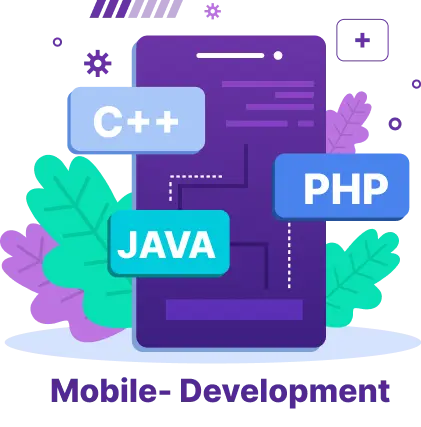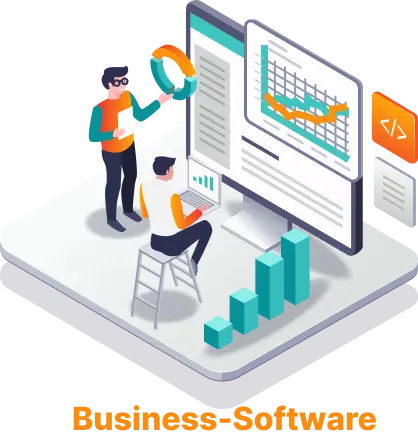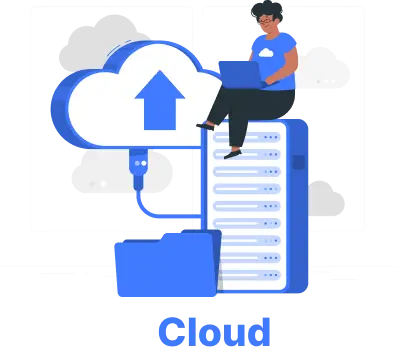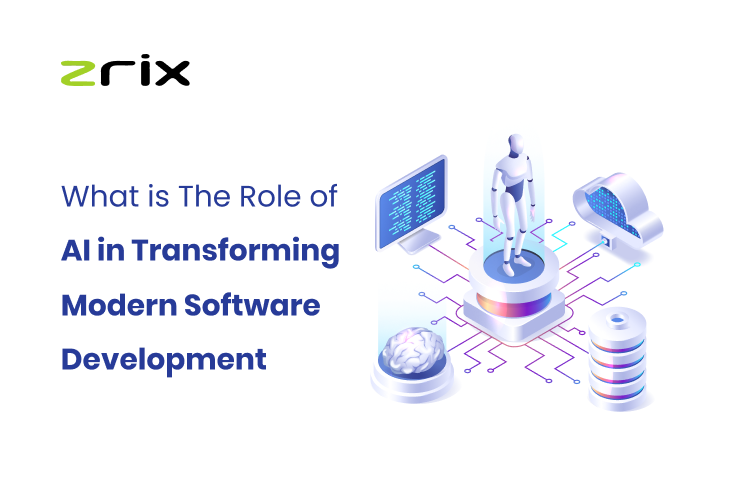Innovations in Banking and Finance Software Development
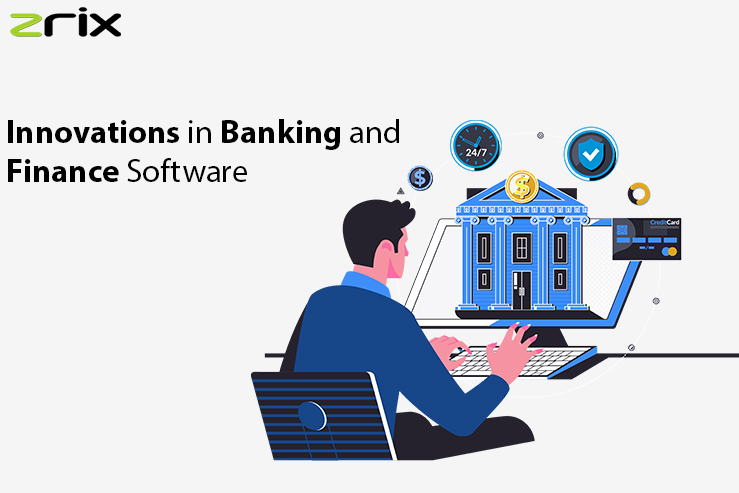
Introduction
The way we handle our finances, with technology becomce a pivotal force in shaping the banking and finance sectors. This transformation powered by advancements in software development. which are not only enhancing operational efficiencies but also redefining customer experiences. We delve into the intricacies of banking and finance software development exploring. its core aspects, emerging technologies, and the challenges it faces.
Table of Content
Digital Banking Solutions
Current financial landscape is unimaginable without digital banking solutions like online platforms. mobile banking apps these solutions offer convenience and accessibility. allowing customers to perform various transactions and access services from anywhere. At any time The development of these platforms focuses. on user friendly interfaces, robust functionality, and ensuring real-time processing of transactions.
Security Measures
In the world of digital finance, security is paramount. Software developers are implementing. advanced cybersecurity measures such as data encryption and secure transactions. protocols to protect against fraud and cyber-attacks not only. safeguards customer data but also reinforces trust in digital banking platforms.
Regulatory Compliance
Compliance with financial regulations and laws is a critical aspect of Software solutions. to adhere to various regulatory standards like GDPR, KYC, and AML, ensuring. that financial institutions operate within legal boundaries while protecting consumer interests.
Blockchain Technology
Blockchain is a game-changer in banking software development, offering decentralized, transparent. and secure transaction recording. Its implementation in banking systems is revolutionizing. How transactions are processed and recorded, enhancing transparency and security.
Cloud Computing
It offers many benefits to various industries, and the banking sector is no exception. One of the key advantages of cloud computing for banks is its scalability. Traditional banking systems often struggle to handle sudden spikes in data volume. But, with cloud computing, banks can scale their resources up or down based on demand. During quieter periods, they can scale down their resources, thereby optimizing costs. Flexibility is another crucial aspect that cloud computing brings to the banking industry.
This flexibility enables employees to work , collaborate, and provide uninterrupted services to customers. Cost-effectiveness is a significant advantage of cloud computing for banks. Traditional IT infrastructure requires much upfront investments in hardware, software, and maintenance. By adopting cloud computing, banks can handle extensive amounts of data and operations.
Artificial Intelligence and Machine Learning
AI and ML are at the forefront of personalizing banking experiences From chatbots. that offer customer service to algorithms that detect fraudulent activities and manage risks. These technologies are making banking smarter and more efficient.
Data Security and Privacy Concerns
Sheer volume of data being generated and processed presents a challenge in itself. Developers need to ensure that data is stored, transmitted, and processed. while also maintaining its integrity and confidentiality. Another challenge is the need to balance security with user experience. Additionally, developers must also consider the regulatory landscape and compliance requirements.
The introduction of data protection regulations such as the GDPR and the CCPA developers ensure that. their applications and systems adhere to these regulations and protect user data. This requires a deep understanding of the legal and regulatory frameworks. as well as the ability to install technical measures to meet these requirements.
Integration with Legacy Systems
This ensures compatibility between the new software and the existing legacy systems. Legacy systems may have unique data structures, programming languages, and protocols. that are not compatible with modern software. Banks depend on their systems to provide critical services such as transaction processing. customer management, and regulatory compliance.
a thorough analysis of the legacy systems should be conducted. This analysis will help identify potential areas of conflict and devise appropriate solutions. A comprehensive plan should be developed to address the integration challenges. This plan should include a detailed timeline, resource allocation, and risk mitigation strategies. Testing and validation are also essential components of the integration process.
User Experience and Accessibility
Creating software that is both powerful and user friendly remains a key. challenge Ensuring that digital banking services are accessible to all customer segments. including those with disabilities, is crucial for inclusive finance.
Conclusion
In the world of banking and finance software development, the only constant is change. new technologies emerge, and innovative solutions introduced pushing the boundaries. of what is possible in the industry. We can envision a future where banking and finance software. will undergo a series of transformative improvements, revolutionizing the way financial institutions operate.
Financial institutions must embrace these advancements and adapt their systems. Traditional banking is long gone, and customers now expect seamless digital experiences. personalized services, and real-time access to their financial information. Ever-evolving demands, banks and other financial institutions must invest. in cutting-edge software solutions that can provide a competitive edge.
The banking and finance software development is a dynamic and ever-changing landscape. To remain competitive, financial institutions must embrace the constant stream of improvements. Adjustments that come their way By investing in cutting-edge technologies such as AI. Blockchain and mobile applications banks can revolutionize their operations, enhance customer experiences. and stay ahead of the curve in this evolving industry.


